See how many of these interesting facts you already knew about Cork, aka The Rebel County.
Do you have Cork roots? Time to brush up on your facts about this Irish county for your next trip to Ireland one day soon!
Cork is also known as 'The Rebel County'
Cork got its nickname ‘The Rebel County’ due to a history of independence from the Viking invasions to the Irish War of Independence when it was the scene of a considerable amount of fighting.
Cork is home to Blarney Castle
Popular myth denotes that kissing the Blarney Stone at the top of the Castle will bestow the kisser with the “gift of gab” (great eloquence, or skills of flattery).
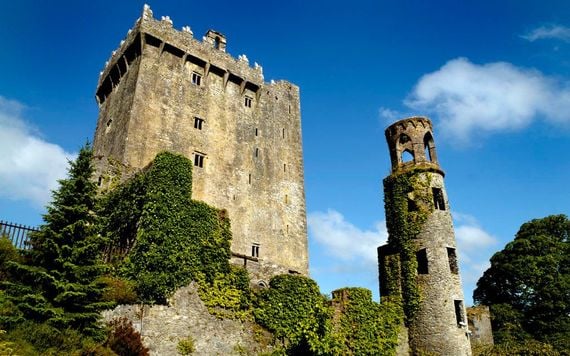
Blarney Castle in County Cork
There was an important Ford Motor factory in Co Cork
The first factory that Ford Motor Company built outside of America was in Cork, where owner Henry Ford’s ancestors were from.
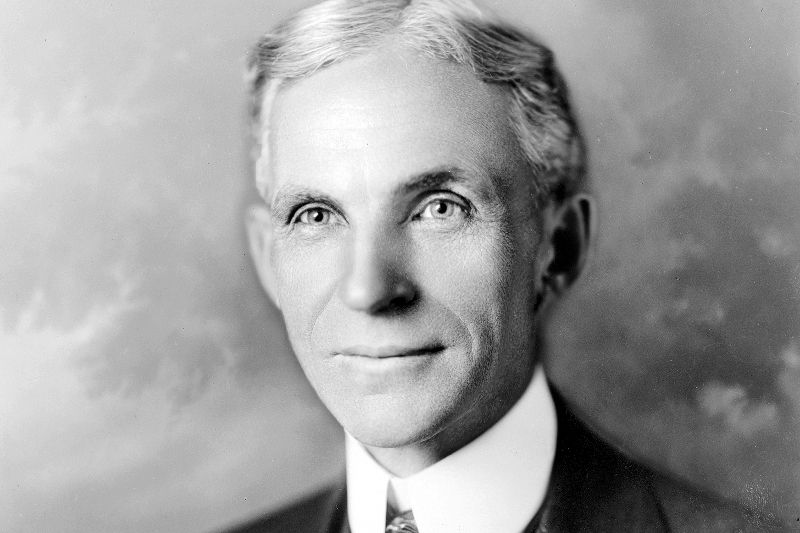
Henry Ford in 1919. (Public Domain)
All of Cork’s main thoroughfares are built on covered-up river channels
Such as the River Lee. In fact, the Gaelic word for Cork (‘Corcaigh’) means “marshy place.”
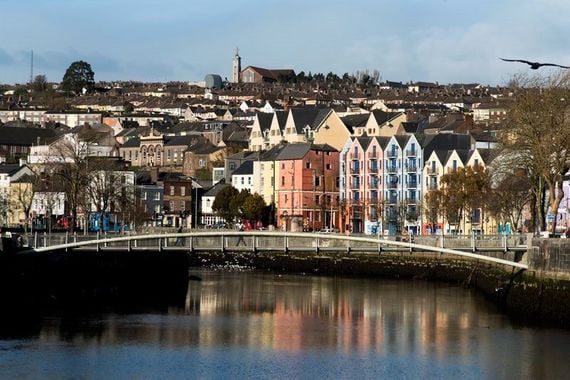
Shandon Bridge over the River Lee in Cork City, (Ireland's Content Pool)
Cork is home to Cobh, a historic port of departure for emigrants, also known as ‘The teardrop of Ireland.'
Cobh - then known as Queenstown - was the ill-fated Titanic’s last port of call in 1912.
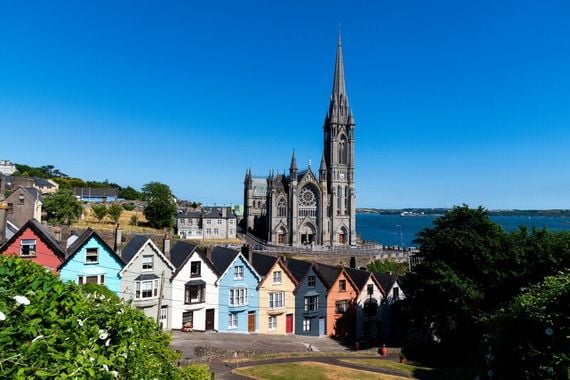
Colorful houses in Cobh, County Cork. (Ireland's Content Pool)
Cobh sets the record for Carillion Bells
St. Colman’s Catholic Cathedral in Cobh has the largest number of Carillon Bells in Ireland and the UK (49 bells).

St. Colman's Cathedral in Cobh, Co Cork. (Getty Images)
Cork Harbor is said to be the second-largest natural harbor in the world, after Sydney Harbor in Australia
The motto on the coat of arms of Cork City is ‘Statio Bene Fide Carinis’ which means 'A Safe Harbor for Ships.’
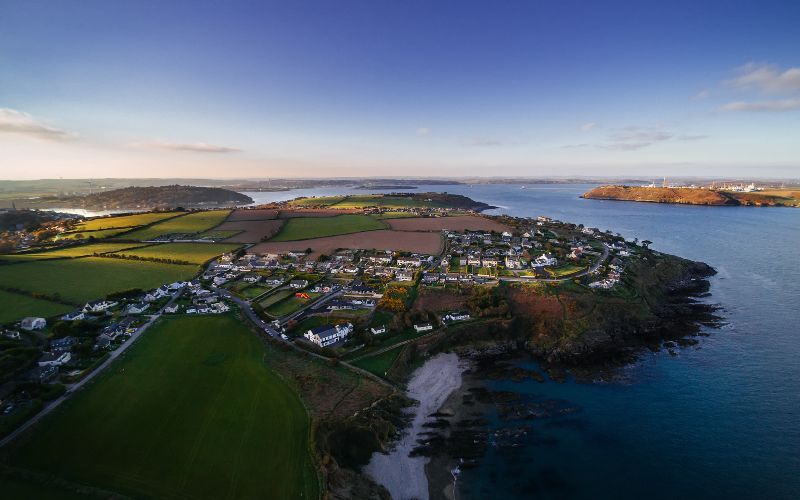
Aerial view of Crosshaven, Cork Harbor. (Getty Images)
County Cork is the largest county in Ireland
Cork City is the third-largest city just behind Belfast and Dublin.
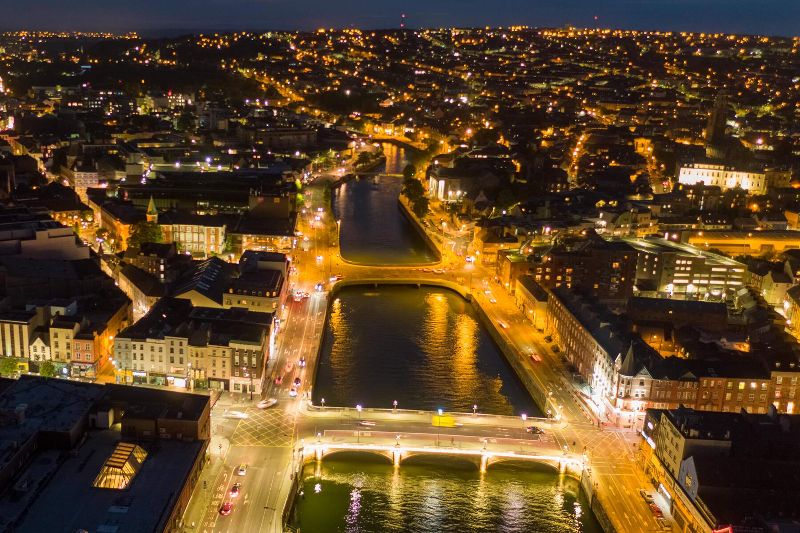
Cork City at night. (Ireland's Content Pool)
The first potato planted in Ireland was likely planted in Cork
Sir Walter Raleigh is said to have planted the first potato in Ireland near his home in Youghal, Cork, around 1588.
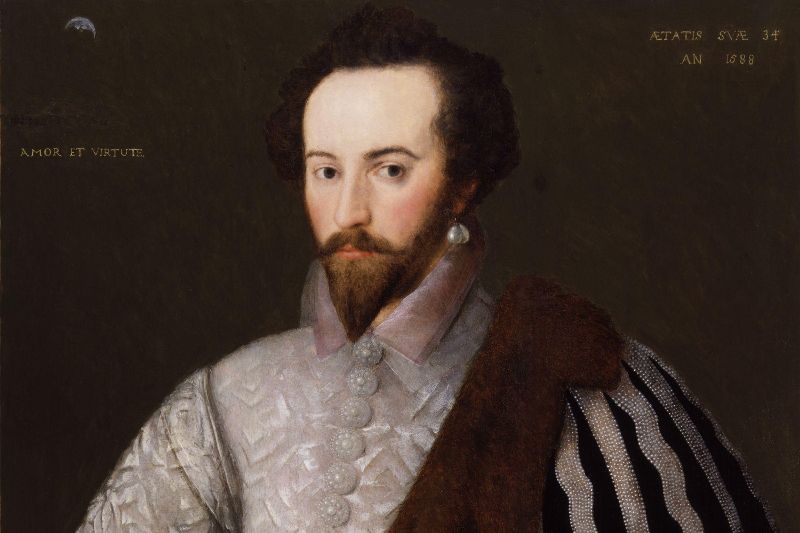
Sir Walter Raleigh. (Public Domain)
Cork's Glanworth Bridge holds two European records.
The 13-arch bridge in the village of Glanworth was built in the mid-15th-century structure and is said to be the narrowest and oldest public bridge in everyday use in Europe.
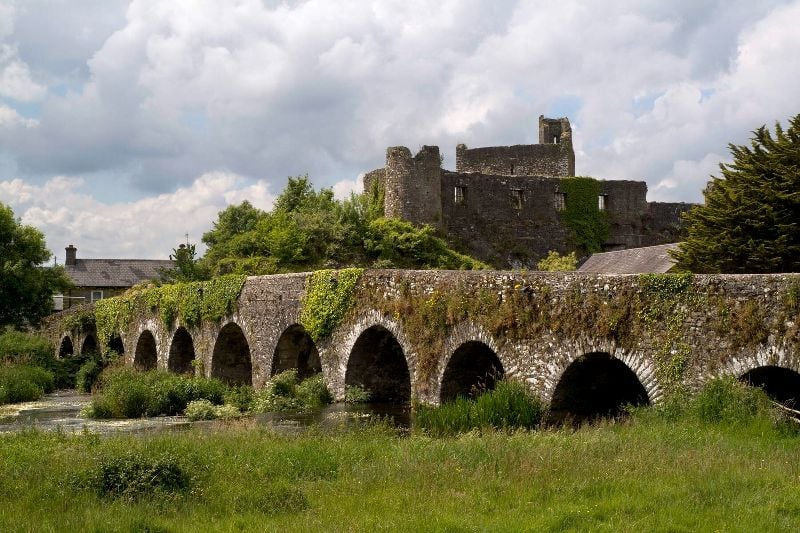
Glanworth Bridge, Cork. (Ireland's Content Pool)
* Originally published in October 2011. Updated in May 2024.
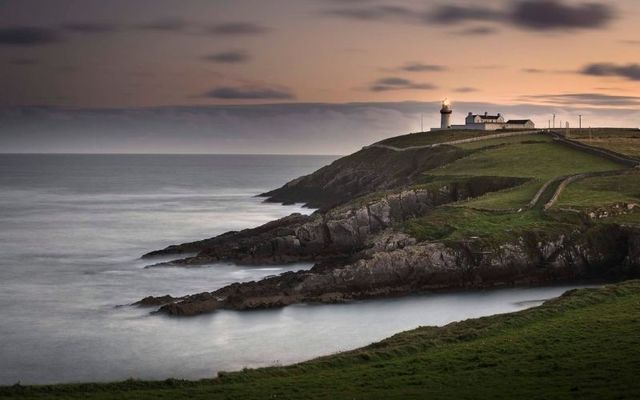


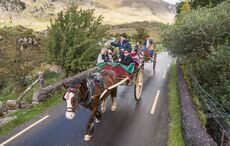
Comments